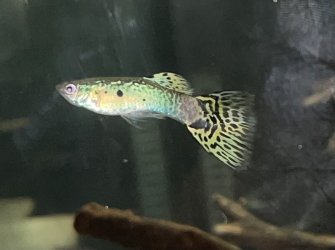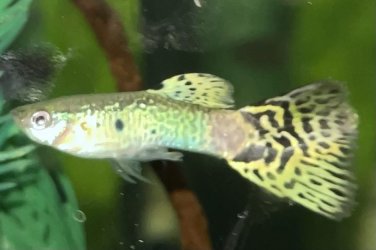dxniel
New Member
Hi all,
After a few years I decided to convert my 30 gallon gourami tank into a livebearer community tank. I re-homed the last surviving gourami and added 4 platys, 9 guppies and 8 tetra. Stupidly I didn’t quarantine in any way and now regretting it (I’m not an experienced fish keeper I’ve only ever had this tank). After a week I noticed callumanus in one of the guppies that died quickly as I started treatment on the tank.
The next day one of the platys developed a strange white skin around the base of the tail (doesn’t look like a fungus, more like a snakeskin shedding?). The tail fin was also rotting. This platy died within 24hr and the tail was completely rotted away. Today one of the male guppies has the exact same symptoms and I’m worried this will simply work through the whole community. I’ve done a lot of searching but can’t pinpoint any advice that matches this exact symptom so not sure how to approach to quickly save them.
I’ve attached a couple of photos of the guppy. It’s clearly fatigued and sticking to one spot in the tank without moving much. Please help!
After a few years I decided to convert my 30 gallon gourami tank into a livebearer community tank. I re-homed the last surviving gourami and added 4 platys, 9 guppies and 8 tetra. Stupidly I didn’t quarantine in any way and now regretting it (I’m not an experienced fish keeper I’ve only ever had this tank). After a week I noticed callumanus in one of the guppies that died quickly as I started treatment on the tank.
The next day one of the platys developed a strange white skin around the base of the tail (doesn’t look like a fungus, more like a snakeskin shedding?). The tail fin was also rotting. This platy died within 24hr and the tail was completely rotted away. Today one of the male guppies has the exact same symptoms and I’m worried this will simply work through the whole community. I’ve done a lot of searching but can’t pinpoint any advice that matches this exact symptom so not sure how to approach to quickly save them.
I’ve attached a couple of photos of the guppy. It’s clearly fatigued and sticking to one spot in the tank without moving much. Please help!





